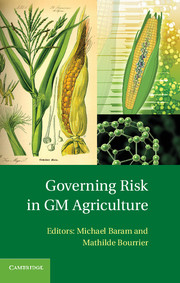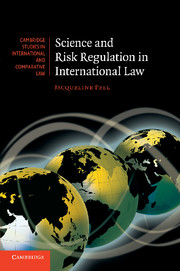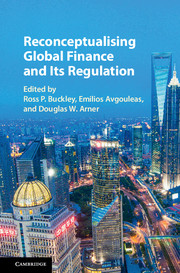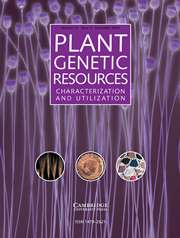Governing Risk in GM Agriculture
This book addresses the issues and methods involved in governing risks posed by genetically modified (GM) agriculture. It examines the evolution of policies intended to ensure the safety of GM crops and food products in the United States and Europe and the regulatory approaches and other social controls employed to protect human health, the environment, conventional farming and foods, and the interests and rights of consumers. Discussion encompasses the cultural, political and economic forces that shape the design and application of the methods of risk governance, as well as other contextual features such as the influence of multinational companies seeking acceptance of their GM ventures. This discussion also examines the influence of the dynamic public discourse fostered by progressive concepts of risk governance and the approaches taken to meet its demands for transparency, public participation and appropriate consideration of public perceptions and values despite conflicting views of experts.
- Explores the contrasting approaches taken by the US and the European Union to govern the risks of GM agriculture and foods
- Illuminates the evolution of US and European regulatory programs governing GM agriculture and foods
- Addresses the influence of public discourse on the design and implementation of public policies and regulations
Product details
November 2010Hardback
9781107001473
288 pages
236 × 156 × 11 mm
0.51kg
Available
Table of Contents
- 1. Governing risk in GM agriculture: an introduction Michael Baram and Mathilde Bourrier
- Part I. Risk Governance and Public Discourse:
- 2. Governance of GM crop and food safety in the United States Michael Baram
- 3. The European Union's regulatory framework: developments in legislation, safety assessment and public perception Marianna Schauzu
- 4. The Dutch approach to safety governance of GM agriculture Hubert Noteborn and Freija van Duijne
- 5. Evolution of the regulatory system for GM crops in Brazil Paulo L. Farias and Juliana Mezzomo Allain
- Part II. Future Challenges:
- 6. Coexistence and traceability of GMOs in the agro-food sector Klaus Menrad, Tobias Hirzinger and Daniella Reitmeier
- 7. The pharming challenge Armin Spok
- 8. GMO as a sustainability issue: the role of the global reporting initiative Philip Vergragt
- 9. Applying safety science to GM agriculture Mathilde Bourrier.









